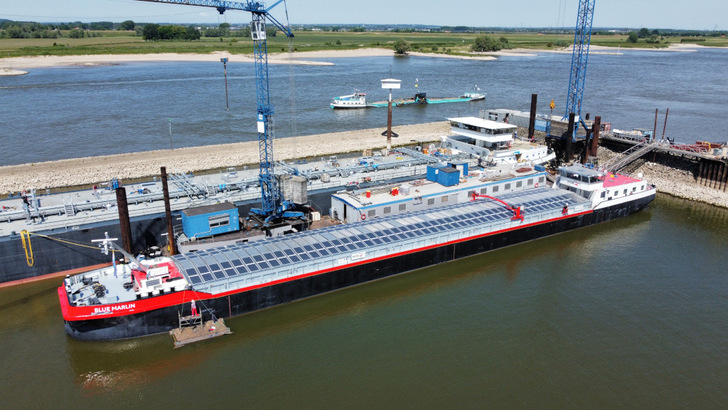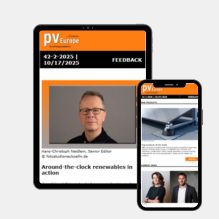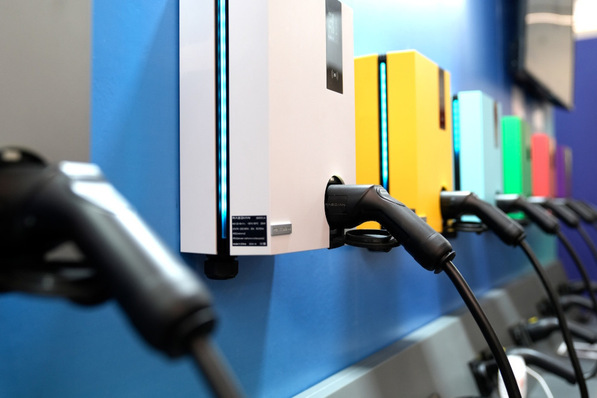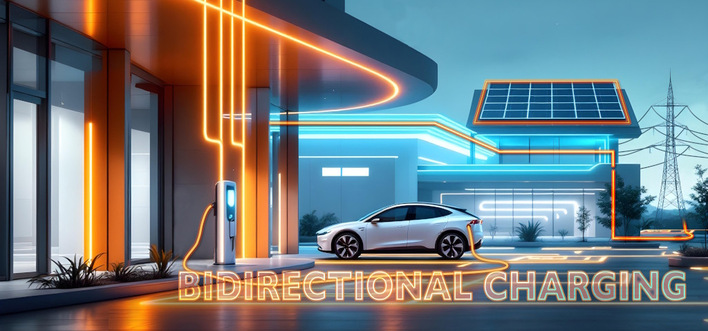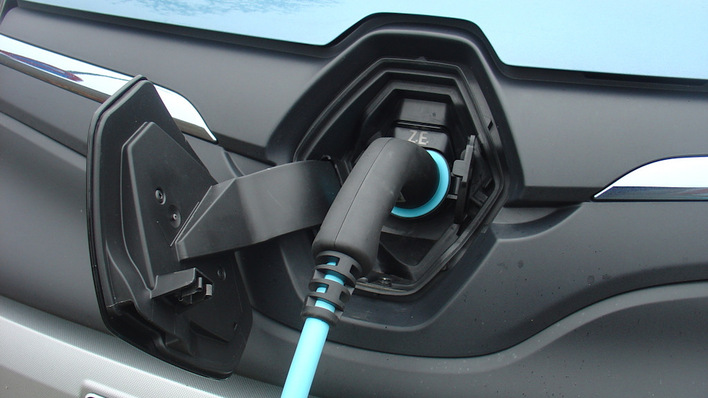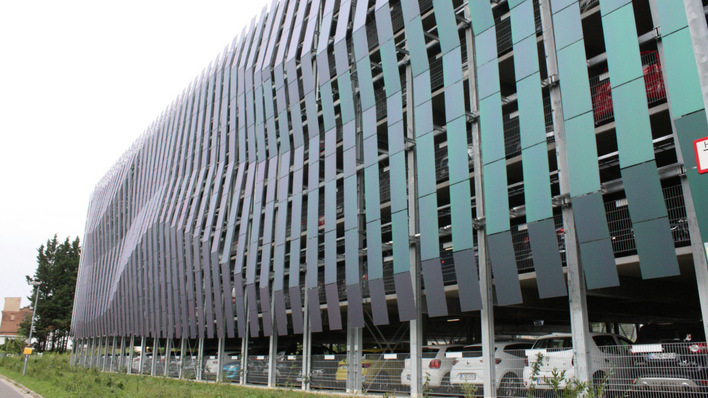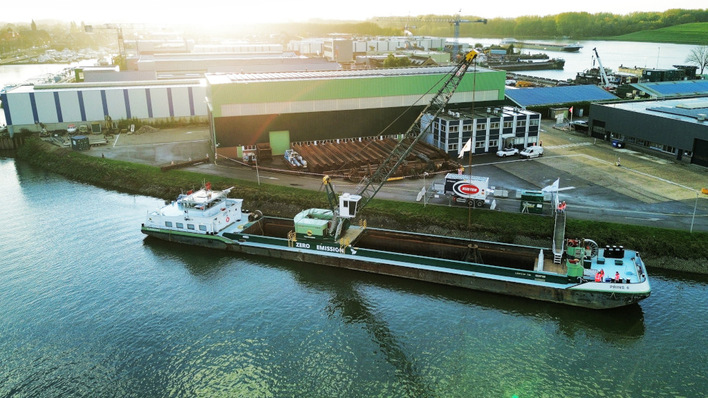HGK Shipping is a European inland waterway shipping company operating a fleet of 350 vessels. With annual freight figures in the region of 43 million tonnes, HGK Shipping is considered a leading player in European dry bulk, gas and chemical transport. Wattlab, which is also active in the seagoing shipping industry, brings broad maritime experience to this pioneering project.
Wattlab has previously worked with HGK Shipping. In Q2 2024, HGK’s 135-metre-long dry cargo vessel MS Helios made headlines (and entered the Guinness Book of Records) for having the world’s largest solar panel installation on an inland shipping vessel. The MS Helios is equipped with 312 solar panels.
Fully integrated
The solar energy systems of the Helios and the Blue Marlin differ in one critical aspect. Unlike the Helios, where solar energy was used exclusively for low-voltage onboard (hotel) systems, the Blue Marlin features a more advanced, fully integrated system capable of contributing power directly to the ship’s high-voltage electric propulsion.
Hybrid cargo ship sails with Longi solar tech
This, says Wattlab co-founder and COO David Kester, is a technical milestone. “The Blue Marlin’s 192 solar panels are not only connected to the low-voltage onboard systems but also to the high-voltage propulsion network. This means that HGK Shipping can proudly state that they are the first inland shipping company to operate a vessel that uses solar power directly for propulsion.”
Automated energy management
Delivering up to 35 kilowatts under optimal conditions, the Blue Marlin’s solar power system will operate in conjunction with four diesel generators powering the electric propulsion system. This fully integrated setup enables ‘peak shaving’, where the combination of solar energy and batteries prevents the need to activate an additional generator during high-demand periods. The system’s automated energy management distributes electrical energy where and when it is required, increasing efficiency and reducing fuel consumption.
E-Spatz with Tesvolt technology wins award
“Furthermore, in situations where the ship is lightly loaded and travelling downstream, we anticipate that it may even sail using only solar power for limited periods – an unprecedented achievement in the inland shipping sector,” continues Kester.
Downtime less than week
“We have already reached a significant technical milestone with the construction of the Helios, which has had a noticeably positive impact. The Blue Marlin now goes one step further by also using solar energy for the power train. It makes another important contribution to making shipping, which is already a low-emission mode of transport, even more sustainable. We are excited to see how this innovative solution will prove itself in practical operation,” says Tim Gödde, Director Ship Management at HGK.
Stockholm’s first mobile fast charger for electric boats installed
Installation of the Blue Marlin’s solar panels took place at De Gerlien van Tiem shipyard, with Wattlab cooperating closely with Blommaert Aluminium and Van Tiem Electro. “We have been working with these partners for some time now – on multiple vessels – so have managed to really optimise the processes. The Blue Marlin is a new-build vessel; it took about one week for installation followed by a few days for commissioning,” adds Kester. “Considering a similar-sized retrofit project, we estimate that a shipowner would be looking at a downtime of no more than one week.”
Scalable solutions for coastal and seagoing vessels
This project also marks a broader evolution in maritime decarbonisation strategies. As regulatory pressure increases and fuel prices fluctuate, shipowners and operators are looking to diversify their energy mix. Wattlab’s scalable solar solutions are available not only for inland waterways, but also for coastal and seagoing vessels. (hcn)


